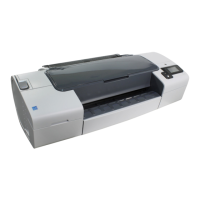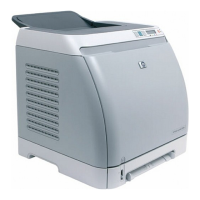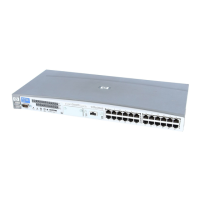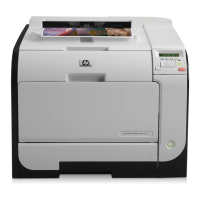Enables the specified ZDB-disk or ZDB-to-disk+tape sessions (if SessionID is
used), or sessions created by the specified backup specification (if –barlist
is used), or all sessions (if –all is used). Enabling means that the replicas (target
volumes) created in the specified sessions or using the specified backup
specification are presented and mounted to the specified backup system.
–backhost specifies the target client system where you want the target volumes
to be presented.
–mnttarget specifies the directory on the BackupSystem where you want
the target volumes to be mounted. By default, a new directory with the session
ID is created in the specified directory and the disks are mounted there. If
–no_session_id is used, the disks are mounted to the specified directory. Use
–no_session_id only when mounting disks from only one backup session.
The enabling operation fails in the following cases, unless the –force option is
used:
— When –no_session_id is used and another disk is already mounted in
the specified directory.
— If the session to be enabled is already enabled on another backup system.
— If you have changed the disks' configuration manually after the backup.
If you use the -force option to enable disks on your specified system even if
they are already specified on some other system, note that the disks will not be
unmounted on the other system and you will need to clean the environment
manually.
By default, the disks are mounted in read-only mode. If –readwrite is specified,
the disks will be mounted in read/write mode.
-resolve {–apphost ApplicationSystem|–all}
Resolves the specified application system (if –apphost is used) or all application
systems (if –all is used) in the Data Protector cell.
The command applies only to instant recovery-enabled backup sessions and must
be run always after:
— installing or upgrading Data Protector
— your source volumes configuration on the application system has changed
(for example, you have modified the existing source volumes or you have
presented new source volumes)
— you have added a new storage object (for example, a Microsoft Exchange
Server storage group)
For more information, see the HP Data Protector zero downtime backup integration
guide.
Command line interface reference 129

